2015 Cadillac Escalade Review - Haute Leisure

2015 Cadillac Escalade Premium 4WD
Under the best circumstances for the 2015 Cadillac Escalade, I could find a half-dozen reasons not to drive it: It’s too big. Too heavy. Too slab-sided. Too thirsty. Too tall. Too long. Too unwieldy. Too gaudy. Too powerful.
But I kept driving it. Like a salmon driven upstream through bear-infested waters, the Escalade kept calling me to ignore the challenges and instinctually clamber up the power retractable running boards, loosen my belt and start the motor. Who wants to procreate in here?
It’s antithetic to my person. I’m not interested by big, heavy SUVs that cost $89,360 and return mileage firmly rooted in the teens — but somehow I am drawn to them.
Which makes me wonder: why?
Exterior
The exterior sheet metal is decidedly more angular and creased, but the effect isn’t wholly masculine. The vertical bars on the grille have gone away and the lower fascia sports less chrome than before. The overall nose is decidedly sharper, with less chrome, which is actually more pleasing.
The headlamp assemblies reach further back on the wheel arches, and a sharp hood centerline complements a higher-looking hood line than before. The Escalade is a full 1.5 inches shorter in height than the outgoing model, but the current generation’s full LED lamps up front and L-shaped fog lamps underneath are a bigger presence.
The boxy shoulders and angular side view mirrors precede the Escalade’s windows and doors shaped purely with rulers. Very few curves, aside from the hulking 22-inch wheels (optional on our model) and the gas cap cover adorn the profile. If Cadillac’s design language is called “Art & Science”, I credit much of the latter and very little of the former for the Escalade’s appearance.
Around the back, taillamps that reach toward the sky (and look like illuminated nighttime goal posts when lit) headline its tail. A recessed Caddy badge and bright chrome strip tie the two goalposts together, and a hidden rear wiper cleans things up around back. Cadillac has moved the two outboard dual exhaust tips from last year’s Escalade under the rear bumper because consumption is better done conspicuously — or something.
To car buyers looking for subtle: this Escalade isn’t. Despite tempering same overwhelming hit that the outgoing model delivered with side ports and dual exhausts, the current model uses its forward-sloping C-pillar and tall lamps to do achieve the same effect.
This Caddy grew 1.4 inches longer and 1.5 inches wider (its track is only .5 inches wider up front, but 1.7 inches wider at its rear) despite being squatter than its predecessor. Not that one would notice much; the current battleship’s dimensions only changed .5 percent all the way around and it’s more than 100 pounds heavier, weighing in just shy of 3 tons unladed.
Interior
Cadillac updated its center instrument cluster with a 12.3-inch high-definition display to show revs, speed and temperatures. The lower-third of the display can be configured to show navigation, entertainment or phone information, gleaned from the nearby 8-inch Cadillac User Experience (otherwise known as ARGH).
The Escalade’s leather-wrapped wheel closely mimics the coming wheel from the XT5, but doesn’t feature that model’s controls on the lower spokes. The Escalade is better for it: easily reachable controls for volume, track, cruise control and voice command are better suited at thumb-level rather than a driver taking their hands off the wheel and pecking with their forefinger, I say. Navigating the instrument panel’s customizable interface can take some getting used to, but at least the Escalade’s massive screen is a bigger canvas than say, a screen on an ATS.
Overall, the interior sports 51.6 cubic feet of available cargo room with the third row folded flat; 15.2 cubic feet with seats up. The Escalade’s carrying capacity is larger than a comparable Mercedes GL-class (51.6 to 49.4) and dwarfs a Range Rover’s space (51.6 to 32.1). Unlike those cars, the rear seats of the Escalade look unmistakably plugged-in to their bland Lego-GM board: the Escalade shares a common platform with the Tahoe and Yukon and it shows in the way the seats are mounted onto the car — not necessarily into the car.
A power-folding rear third row can accommodate short adults for short trips, or children for long trips. The power rear bench isn’t exactly opulent, but they’re at least shod with semi-soft leather and sport decent-sized headrests.
Deep brown and black hides wrapped the leather buckets that were comfortable and supportive for most trips. Unlike the Corvette and ATS-V that had instant-on ventilation, the Caddy’s thrones never really cooled down very well despite the refrigerator thrum that droned on when the seat coolers were activated.
Predictably, the Escalade’s tall ride height and high hip point give it excellent forward-facing visibility. The Escalade drives like the pickup it was based upon, in that drivers command all they survey. Blind spot monitoring and lane departure warning (both standard on Luxury and higher trims) help out the Escalade’s considerable largess, and thank god for rear parking sonar, cross-traffic alerts and backup cameras. Rear visibility with the third-row up, or passengers in the second row, is understandably difficult.
Rear-seat DVD entertainment is standard on Premium and higher trims (available on Luxury $1,595) for parents who’re cool with throwing yet another screen in front of the young’uns to keep ‘em quiet.
Infotainment
If I had to live with the touchscreen alone, I think I could manage. As it stands, the touch controls extend beyond infotainment and control climate settings, volume, ride comfort, glove box, pedal position and more. The word is that Cadillac is close to scrapping the system in future models, but this year’s Escalade won’t escape that fire — and ire.
General Motors’ infotainment and navigation is relatively competent — I actually prefer it to systems from Ford and FCA. [You can take a horse to water… —Mark] For example, GM’s maps are clean and sharp, even better than the Apple Maps available with CarPlay, but punching the Home button like a broken elevator effectively kills any goodwill I had for the system.
Over the course of a week, I found myself learning the steering wheel controls enough to use them when I could; pulling over to the side of the road to use CUE when I couldn’t.
As soon as I could bend the system to my will — or rather, learn to hide the massively large two rows of radio presets — I could finally enjoy the 16-speaker Bose system. The whole system is a river of sound into the Cadillac’s cavernous interior with a serious logjam up front.
Powertrain
The new lump up front features direct injection, variable valve timing and cylinder deactivation, which nets 1 more mpg in the city and 3 more mpg on the highway. The gains seem doubly minute when you consider last year’s model featured a six-speed gearbox and this year’s automatic transmission sports two more forward cogs.
In reality, the 8-speed transmission does more for around-town comfort than it does for highway cruising. The smooth shifting box keeps the V-8 in check and revs relatively low. If you are in the mood to mash the fun pedal, be aware that the Escalade is deceptively quick like Jerome Bettis; 0-60 mph runs by my watch were consistently close to 6 seconds.
There’s a penalty for all that power, the Escalade can drain its 26-gallon tank like a champion. Buyers in the $90,000 SUV segment couldn’t care less.
The Escalade can either be motivated from its rear wheels only or can be fitted with four-wheel drive for $2,600 more. Selectable magnetic ride control is standard on all models and can be switched from Sport to Touring mode via a touch control near the infotainment screen. When the car arrived, the Escalade was set in Sport mode by its previous driver, which I can’t even.
Drive
Unlike sweats, I’d actually take the Escalade to a nearby steakhouse (I don’t eat steak) order the 40-day dry aged (I don’t know how that works) and blitz my senses with a post-dinner cigar (I don’t smoke).
None of that makes sense, but neither does my predisposition to drive the Escalade.
Around town, the Escalade’s new electric steering wrangled the heavy SUV into position and parking spaces — with some effort. Keeping such a big boy flat in corners is physically impossible, but the Cadillac’s magnetic suspension did its best.
In its segment, there are other SUVs that do what the Cadillac doesn’t pretend to: the Range Rover and Toyota Land Cruiser are better off-road. The Infiniti QX80 is much flashier and the Mercedes-Benz GL-class is much sharper. But the Escalade is the Cadillac of compromise — as a full-size land yacht, it’s always seemed naturally agreeable.

More by Aaron Cole
Latest Car Reviews
Read moreLatest Product Reviews
Read moreRecent Comments
- Calrson Fan We are already seeing multiple manufacturers steering away from EVs to Hybrids & PHEVs. Suspect the market will follow. Battery tech isn't anywhere close to where it needs to be for EV's to replace ICE's. Neither is the electrical grid or charging infrastructure. PHEV's still have the drawback that if you can't charge at home your not a potential customer. I've heard stories of people with Volts that never charge them but that's a unique kind of stupidity. If you can't or don't want to charge your PHEV then just get a hybrid.
- AZFelix The last time I missed the Malibu was when one swerved into my lane and I had to brake hard to avoid a collision. 1 out of 5⭐️. Do not recommend.
- 2ACL I won't miss it; it was decent at launch, but in addition to the bad packaging, GM did little to keep it relevant in the segment. I'd prefer that another domestic automaker doesn't just give up on the mainstream sedan, but unlike some of Ford's swan songs, the Malibu made an indifferent case for why they should live.
- ToolGuy TG grows weary of purchasing gasoline. I don't care so much how or why, I am just tired of it. I still buy petroleum products, not 'boycotting oil,' but backing away from gasoline where I can. Sample size = 1.
- Probert Maybe it's not too late for the Dodge Neon I've always dreamed of!!! To the keyboard Robin!




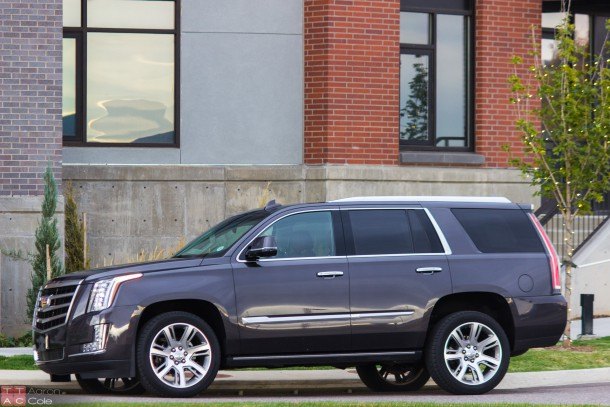




















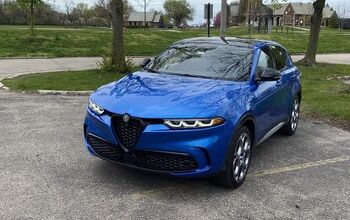
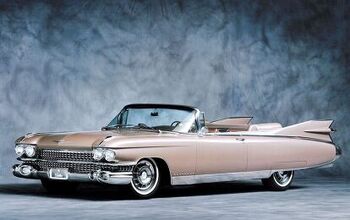
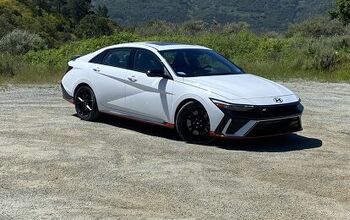
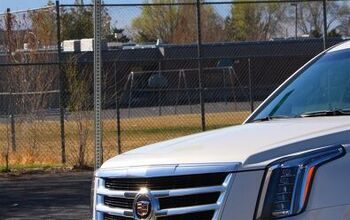
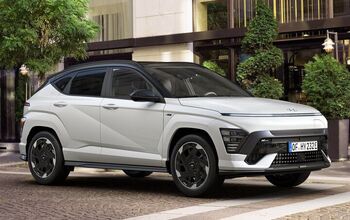
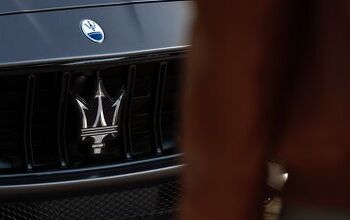
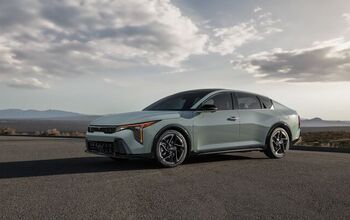
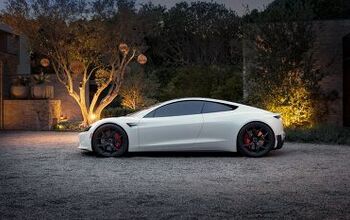
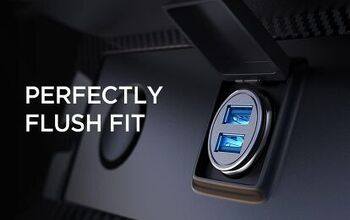
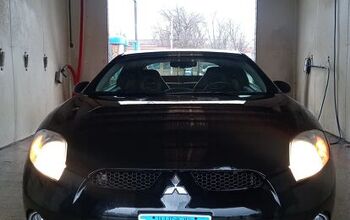
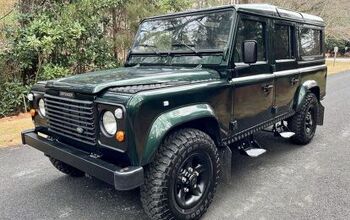




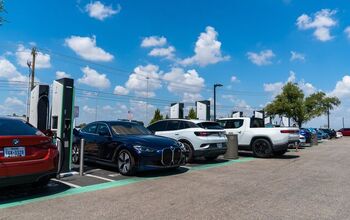
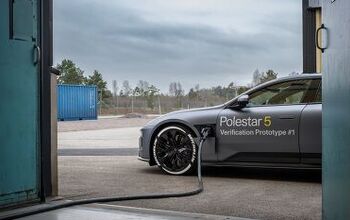
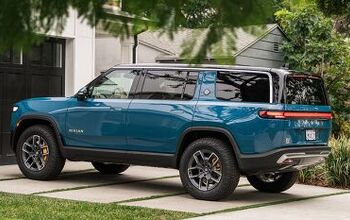
Comments
Join the conversation
Not bad for what it is. for the money I would get the Mercedes GL. In fact after driving them both I wondered why anyone would get the 'slade over the GL. GL has better ride, dynamics, seems like a sturdier build too though the 'salde is good in this regard. They both are solid like tanks. I bet the 'slade will require less mainitinence, at this level that is probably not a concern.
I'll never be able to have one of these Caddys until they put a freaking headrest on every seat. Only Toyota (Sequoia) does this. And Toyota.... zzzzz....Sorry, I just woke up, what was I saying? Headrests are not for comfort, they're for safety. Why cant we have one headrest for at least 7 of the 8 seats?